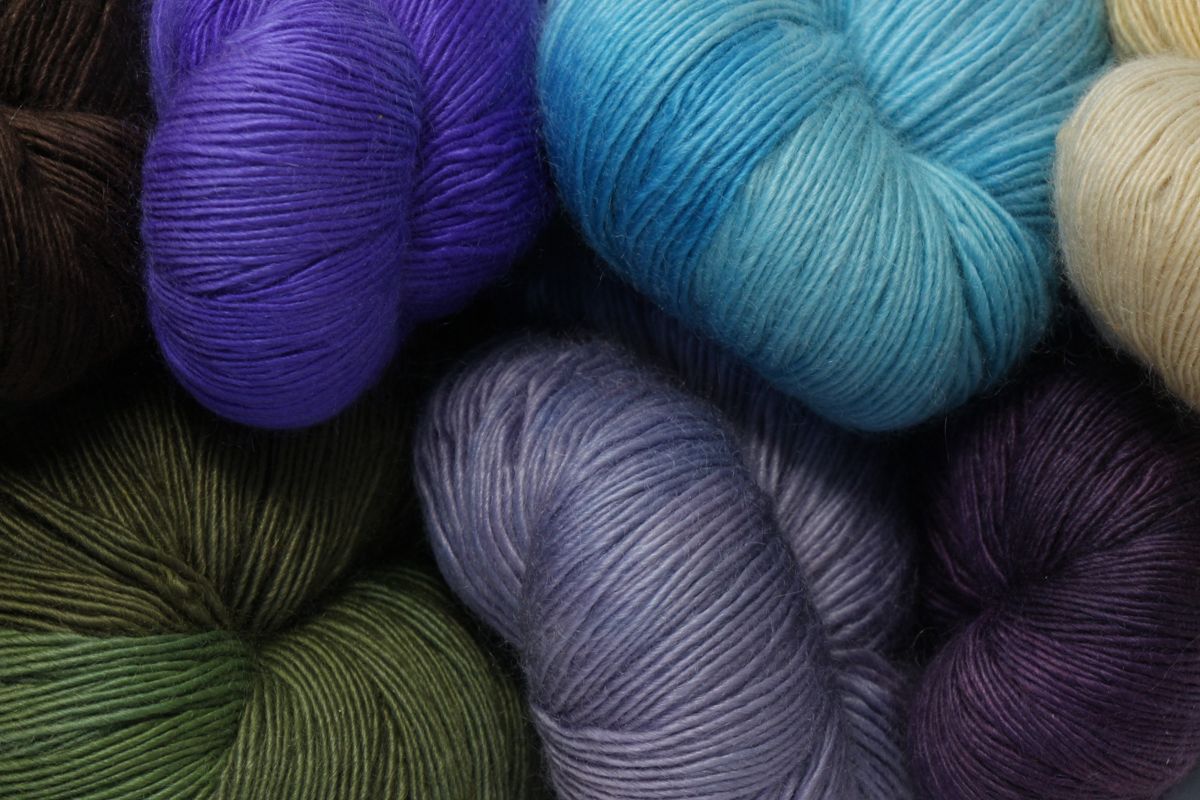What Is Cashmere and How Does It Differ to Other Fabrics?
What Is Cashmere and How Does It Differ to Other Fabrics?
Blog Article
Discover the Attraction of Cashmere an All-natural Fiber: Why It's a Must-Have in Your Wardrobe
The allure of cashmere, a high-end all-natural fiber, goes beyond simple visual appeals. Stemming from the Kashmir area, this lightweight yet sturdy material has actually woven its means into premium fashion due to its unique residential properties and versatile allure. From discussing its fascinating origin to comprehending its manufacturing process, care, and quality, it deserves exploring why cashmere holds such a special area on the planet of fabrics. Discover the class and material of this fiber as we embark on an exploration of its allure.

The Beginning and History of Cashmere: A Brief Introduction
While several may watch cashmere as a basic high-end, its background is soaked in rich social practice. Originating from the Kashmir region in India, cashmere woollen has been generated for countless years. The fiber is gotten from the soft undercoat of cashmere goats, collected during their molting season. As a precious product, it was traded along the Silk Road, becoming very valued in Europe in the 18th century. The name 'cashmere' is an old English derivation of Kashmir. Despite its worldwide popularity, most of cashmere production still stays in Asia, specifically China and Mongolia. This historical trip highlights the cultural value of cashmere, transforming it from a local specialized to a worldwide deluxe.
Recognizing the Unique Features of Cashmere Fiber
While various other products may put on down over time, cashmere preserves its high quality, ensuring lasting wear. Cashmere has a distinct visual allure. Understanding these homes clarifies why cashmere is not simply a high-end, yet a beneficial financial investment for any wardrobe.

The Process of Making Cashmere: From Goat to Garment
To appreciate the glamorous buildings of cashmere completely, one must understand its trip from the raw fiber to the ended up item. The procedure begins with the cashmere goats, mainly located in Mongolia, China, and Iran. The soft undercoat of these goats, collected during their all-natural molting period in springtime, supplies the raw product. This delicate fiber is then very carefully separated from the coarser outer hair in a labor-intensive process known as dehairing. The pure cashmere is then dyed, spun right into yarn, and lastly weaved or woven into the sought after garments. Each action is meticulously performed to protect cashmere's noteworthy warmth, softness, and toughness. This intricate process leads to the production of a genuinely extravagant material.

Decoding the Top Quality and Cost: Why Is Cashmere so Expensive?
The steep cost of cashmere garments often leaves customers questioning regarding its justification. The cost stems primarily from the arduous manufacturing process. is cashmere a natural fiber. Cashmere stems from the fine undercoat of the cashmere goat, with each goat producing a plain 150 grams yearly. The labor-intensive process of combing and gathering the unusual fiber considerably increases the price. The handling of raw cashmere calls for both time and expertise, with the fibers requiring to be thoroughly sorted, washed, and rotated. The deficiency of pure cashmere, combined with its remarkable gentleness, heat, and longevity, site justifies its luxury standing and high cost. These aspects combined make cashmere a pricy yet very in-demand product in the globe of style.
Cashmere in vogue: The Flexibility and Classic Allure
Regardless of its high price, the timeless charm and adaptability of cashmere have solidified its place in the realm of fashion. The fiber's distinct texture, characterized by its softness and heat, has actually ended up being synonymous with high-end and convenience. Its adaptability prolongs past seasonal fads, making it a closet important in various types, from sophisticated sweaters to chic scarves. The versatile nature of cashmere enables its integration into both casual and official outfit, indicating its broad charm. The fabric's withstanding appeal over the years testifies to its timeless charm. As trends reoccured, cashmere continues to be a continuous, its appeal undiminished, proceeding to motivate and shape the fashion market's landscape.
Caring for Your Cashmere: Maintenance and Conservation Tips
Making sure the durability of cashmere garments calls for specific care and interest. These prized belongings need to not be thrown right into the cleaning machine with normal laundry. i thought about this Instead, hand washing with gentle, pH-neutral soap in lukewarm water is recommended. After cleaning, they must not be wrung out. Instead, they must be delicately pressed between towels to soak up excess water, after that laid flat to completely dry. Normal brushing with a cashmere comb can stop pilling. Keeping these things in an amazing, dry area, preferably in a breathable bag, can protect them from moths and humidity (is cashmere a natural fiber). An occasional airing outside, far from direct sunshine, can revitalize the fibers. With these upkeep and preservation tips, one can ensure their cashmere remains luxuriously soft and sturdy.
Conclusion
Cashmere, official site with its unparalleled gentleness and heat, provides both deluxe and toughness. Its origin from the Kashmir region and careful production procedure add to its high-end appeal and expense. Its versatility in fashion and sustaining appeal make it a worthy financial investment for any kind of closet. With appropriate treatment and conservation, cashmere garments can last for years, providing a special blend of convenience, quality, and style. Discover the attraction of cashmere and elevate your style arsenal.

Report this page